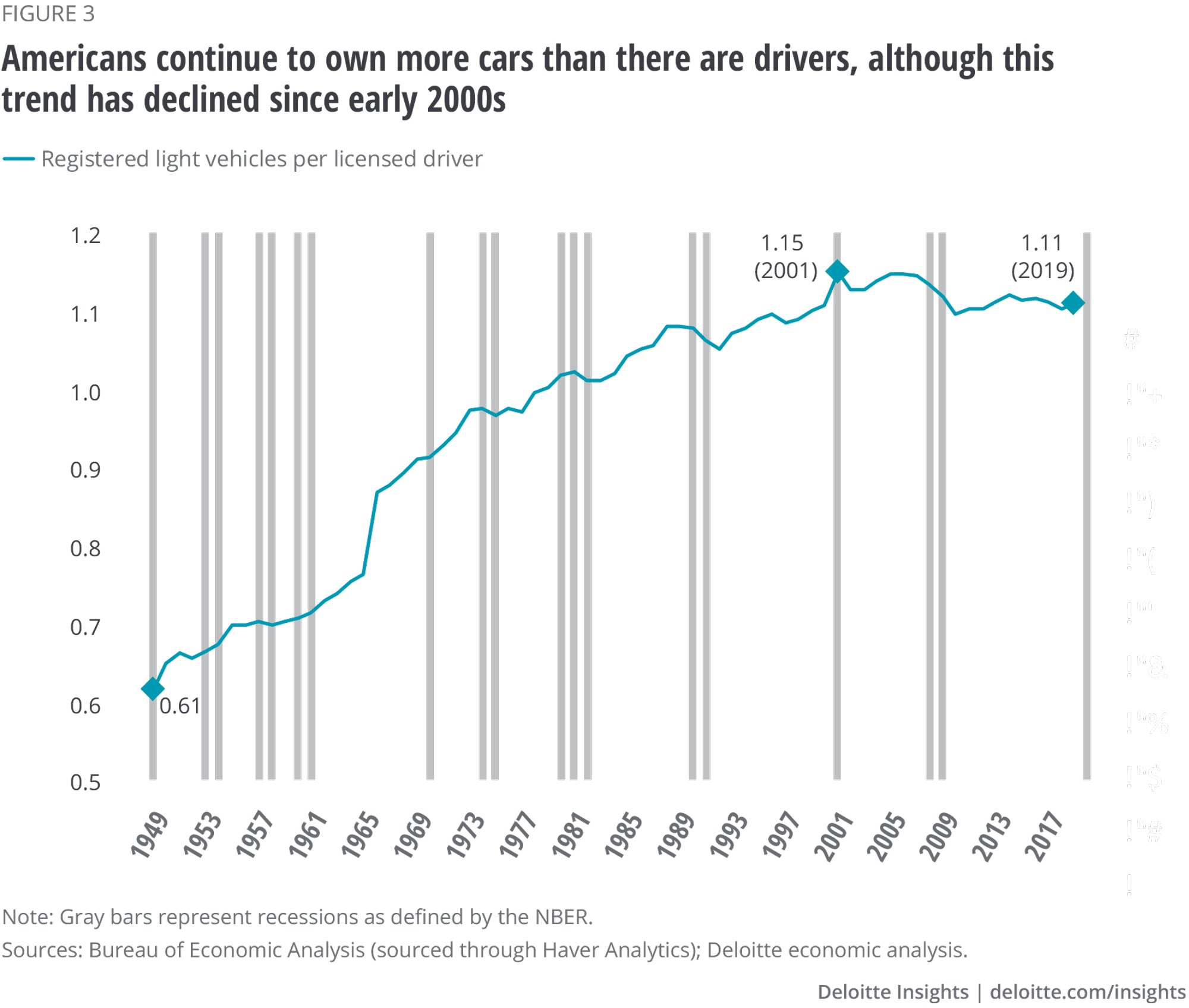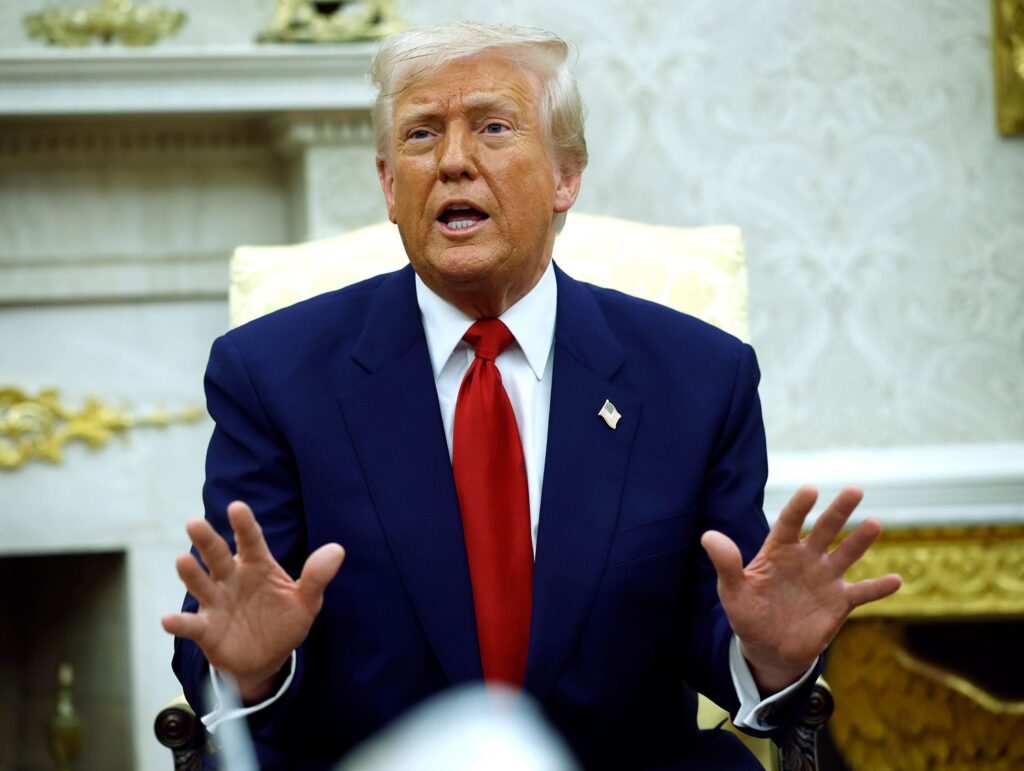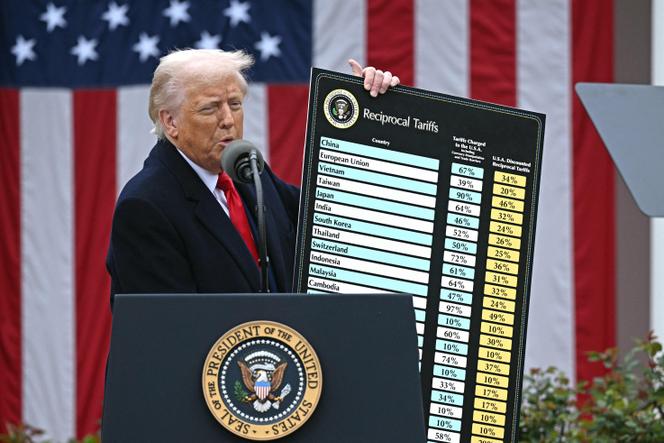Now Reading: Ford Halts Vehicle Shipments to China as Trade War Hits 150% Tariffs
-
01
Ford Halts Vehicle Shipments to China as Trade War Hits 150% Tariffs

Ford Halts Vehicle Shipments to China as Trade War Hits 150% Tariffs
Ford Pulls the Brakes on China Exports Amid Soaring Trade Tensions
In a dramatic escalation of the ongoing trade war, Ford Motor Company has announced it’s hitting the brakes on shipments of several iconic American vehicles to China. The automotive giant confirmed Friday that beloved models including the rugged F-150 Raptor, the legendary Mustang, Michigan-built Bronco SUVs, and luxurious Lincoln Navigators will no longer make the journey to Chinese showrooms.
The culprit behind this automotive blockade? Retaliatory tariffs that have skyrocketed to an eye-watering 150% on some U.S.-manufactured vehicles, making the export business practically impossible to sustain.

150% Tariffs Create Roadblocks for American Icons
Ford’s official statement acknowledged the company had “adjusted exports from the U.S. to China in light of the current tariffs,” using diplomatic corporate language to describe what amounts to a complete halt of these popular models entering the Chinese market.
While the Blue Oval will continue shipping U.S.-made engines and transmissions to China, the finished vehicles themselves have become economic casualties in the escalating trade tensions between the world’s two largest economies.
The Lincoln Nautilus, which is manufactured locally in China, escapes the export freeze but still faces heavy tariff burdens that threaten its competitive position in the luxury segment.

Industry Braces for $108 Billion Hit as Trade War Accelerates
Industry analysts paint a grim picture of the trade landscape. The Centre for Automotive Research projects the 25% tariffs slapped on U.S. automotive imports will inflict a staggering $108 billion in additional costs on the industry by the close of 2025.
This financial tsunami won’t just wash over manufacturers—consumers are likely to feel the impact as vehicle prices climb to offset these new trade realities. The automotive supply chain, already strained from pandemic disruptions, now faces another layer of complexity in an increasingly protectionist global market.

Ford Considers Price Hikes as Trade Pressures Mount
An internal Ford memo obtained by Reuters revealed the automaker is evaluating potential price increases on new vehicles to counterbalance the long-term impact of these punishing tariffs.
Despite the fact that approximately 80% of vehicles Ford sells in the U.S. are manufactured domestically, the ripple effects of global trade tensions could still force the company to adjust pricing strategies to maintain profitability in uncertain times.
“When tariffs reach 150%, there’s simply no way to remain competitive without local manufacturing,” explained an industry consultant who requested anonymity. “Ford is making a pragmatic business decision, but one that ultimately reduces consumer choice in China.”

What This Means for American Automotive Prestige
The suspension of these iconic American models represents more than just business logistics—it’s a symbolic retreat of American automotive heritage from the world’s largest vehicle market.
The Mustang and F-150 Raptor in particular carry significant cultural weight as emblems of American manufacturing prowess and design philosophy. Their absence from Chinese showrooms marks a tangible consequence of deteriorating trade relations.
As both nations continue their high-stakes economic chess match, the automotive sector remains particularly vulnerable due to its complex supply chains, high visibility, and strategic importance to both economies.
Looking Ahead: The Future of Global Auto Trade
Ford’s decision signals a potential new normal in global automotive commerce, where regional manufacturing hubs may become increasingly important as trade barriers rise. Other American manufacturers are likely watching closely, weighing their own export strategies against the mounting tariff walls.
For Chinese consumers seeking American automotive icons, the options are dwindling as trade policies reshape what vehicles make economic sense to import. The road ahead remains uncertain, but one thing is clear—the golden era of seamless global automotive trade is facing serious obstacles that show few signs of resolution in the near term.
As this situation continues to evolve, both manufacturers and consumers worldwide will be adjusting to a new reality where politics and trade policies play an increasingly dominant role in determining what vehicles appear in showrooms across international borders.












